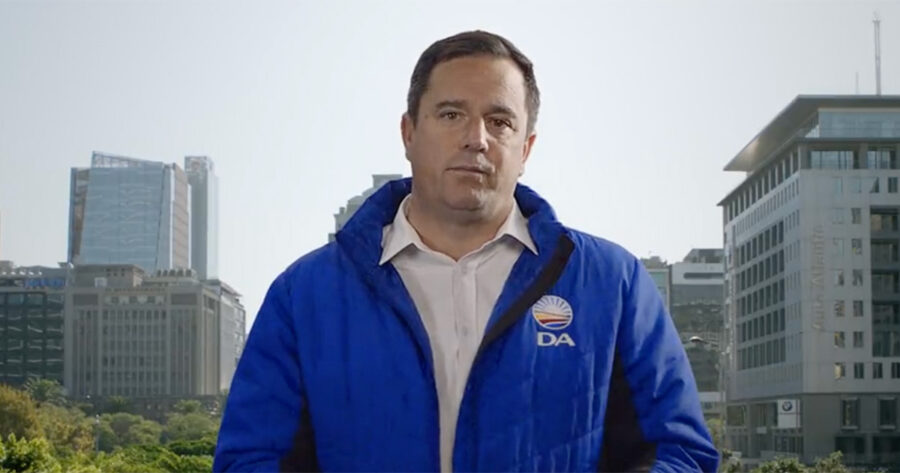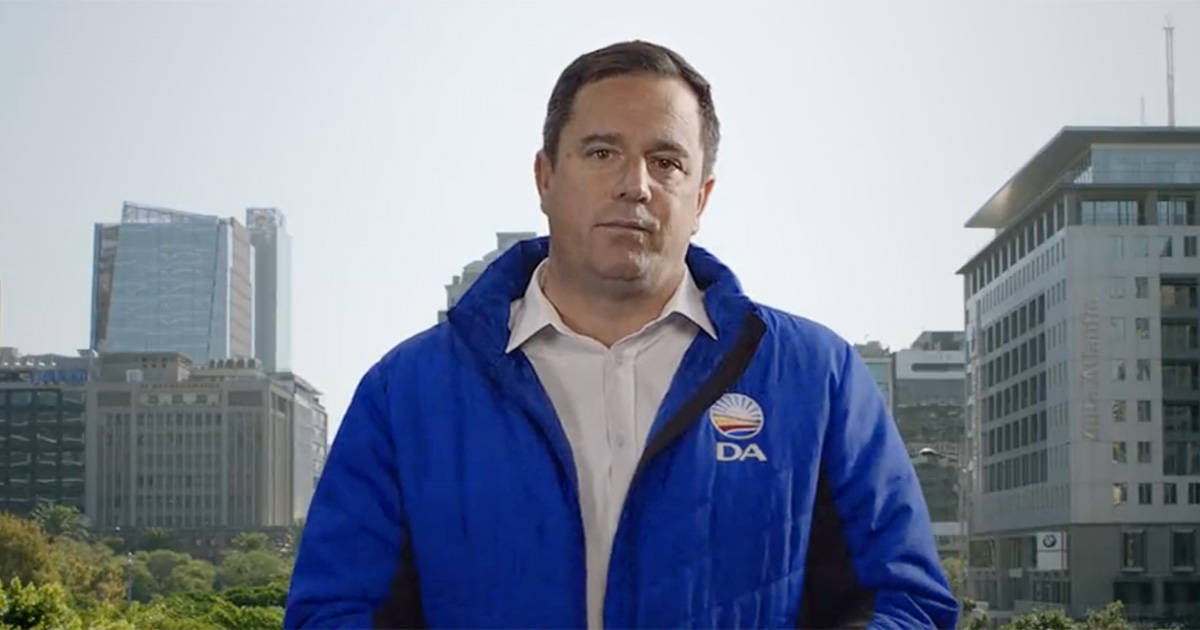
DA bleeding support ahead of 2024 election
The DA is facing an uphill battle before the elections as it suffers tough competition from smaller parties like ActionSA and the GOOD Party

South Africa’s official opposition, the Democratic Alliance (DA), is set to endure a brutal election campaign due to fierce competition from smaller rival parties such as Action SA, GOOD party, the Patriotic Alliance (PA), and the Freedom Front Plus.
According to SABC News Research Editor Dr Ronesh Dhawraj, the DA is rapidly declining in the big Metros in Gauteng and the Western Cape, where the party is most dominant.
ALSO READ: DA Chief Whip rips into Cyril Ramaphosa
DA ‘BLEEDING SUPPORTERS DEEP INTROSPECTION NEEDED’
“Something must be done urgently…strategy in these places needs to be relooked at to ensure the bleeding of support is minimized,” Dhawraj said. He said the DA will get a beating if recent results are anything to go by.
“Parties like Action SA, GOOD, the Patriotic Alliance, and the Freedom Front Plus have demonstrated that they are fishing in the same electoral pool as the DA. Deep introspection is thus needed to thwart these assaults from these four,” he added.
ALSO READ: Matshela Koko and Brian Molefe awaiting EFF deployment
812,000 VOTES WENT TO PA, FREEDOM FRONT PLUS, ACTIONSA AND GOOD
Dhawraj said between the 2016 and 2021 municipal polls, the DA lost 1.6 million votes in just four metros, namely Johannesburg, Tshwane, Ekurhuleni, and Cape Town.
“Remarkably, just over 49% of this support (812 000 votes) gravitated towards just four other parties: the Patriotic Alliance, Freedom Front Plus, Action SA and GOOD,” he said.
ALSO READ: Julius Malema calls for SANDF’s return from the DRC
MUNICIPAL POLLS ARE A RESOURCEFUL INDICATOR OF VOTER SENTIMENT
Dhawraj said while some may argue that the results of a local election cannot be compared to the outcomes of a national and provincial election, he disagrees. He says that, like by-elections, local municipal polls are a resourceful indicator of voter sentiment and useful indications for political parties.
“It points to pressure points within a party’s strategy: what is being done right, what needs fine-tuning, and how best can those weak pressure points be mitigated against,” he said.
